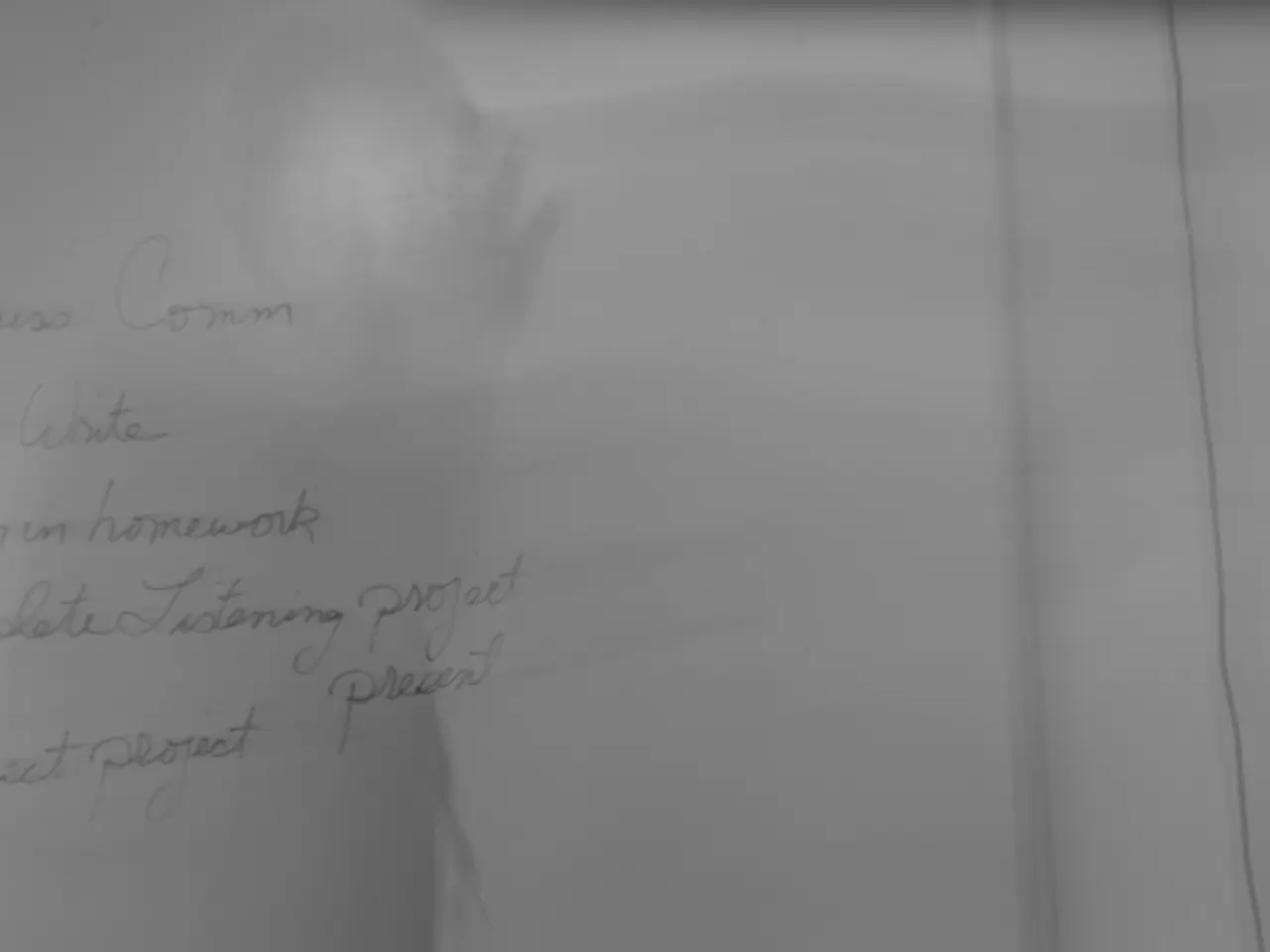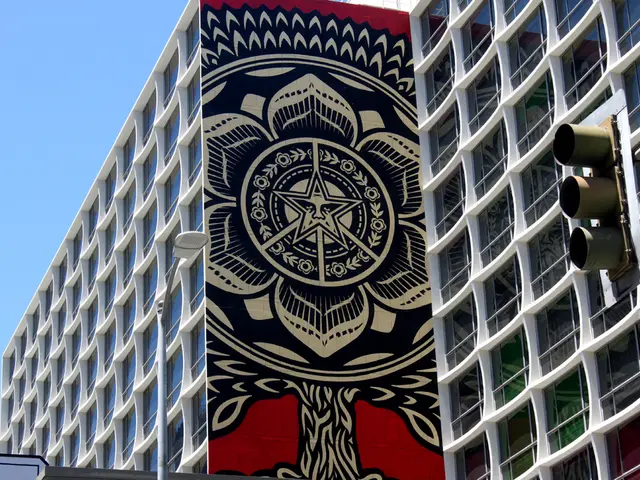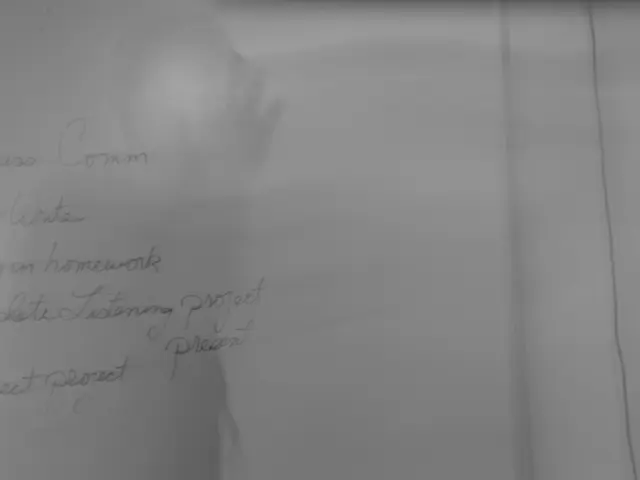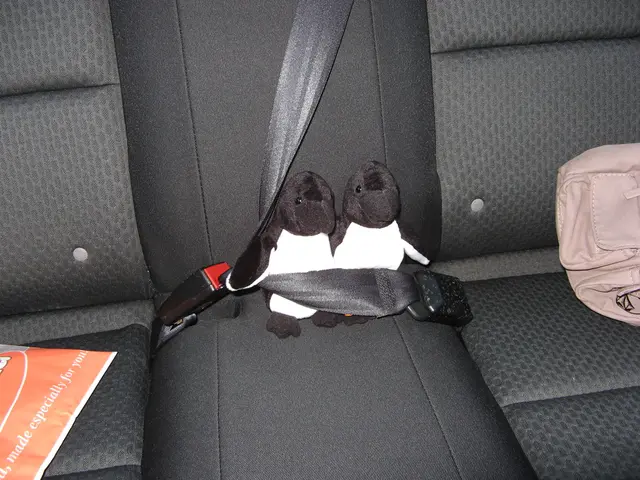Banks significantly increase declarations of deposits without insurance coverage by a factor of four
The Federal Deposit Insurance Corporation (FDIC) has issued a warning to some financial institutions, stating that they are not correctly reporting their estimated uninsured deposits. According to S&P Global Market Intelligence, 55 banks have restated their total uninsured deposits from the fourth quarter of 2022, marking a nearly fourfold increase from the last three months of 2021.
The FDIC has stated that institutions can submit up to three years of revisions. One of the banks that have restated their uninsured deposits is Bank of America, which admitted to improperly reporting some internal or intra-bank accounts that shouldn't have been reported. Bank of America reduced uninsured deposits on its fourth-quarter 2022 call report by $125.3 billion, the largest restatement by dollar amount, according to S&P Global.
Another bank that has made significant revisions is Huntington Bank, which ranked highest in percentage reduction with a 39.9% downward revision. Huntington Bank also restated its first-quarter uninsured deposit call report data.
The FDIC has also noted that some institutions have incorrectly reduced the amount reported to the extent that the uninsured deposits are collateralized by pledged assets. The FDIC has stated that each institution is responsible for the accuracy of the data in its Call Report and for filing amendments as necessary. Institutions that have incorrectly reported uninsured deposits should amend their Call Reports by making the appropriate changes to the data and submitting the revised data file to the Central Data Repository (CDR).
The FDIC added that the chief financial officer (or the individual performing an equivalent function) and multiple directors of each IDI are required to attest to the correctness of the Call Report. The FDIC proposed a special assessment in May, which would leave banks with more than $50 billion in assets paying more than 95% of the estimated $15.8 billion hit to the Deposit Insurance Fund.
Zions Bank, a lender based in Salt Lake City, wrote to the FDIC alleging that some major U.S. banks have started to refile their year-end call reports to show a lower level of uninsured deposits. However, there is no publicly available comprehensive list detailing which banks have corrected their uninsured deposit balances within the last three years under the proposed special levy, nor the extent of such corrections.
Such restatements could reduce by millions of dollars the amount some banks will pay to cover the cost of the March failures of Signature and Silicon Valley Bank. It is important for banks to ensure the accuracy of their Call Reports to maintain public trust and adhere to regulatory requirements. The FDIC did not mention anything about purchasing licensing rights in the provided paragraph.
Read also:
- Aquatech purchases Koch's Direct Lithium Extraction business, merging Li-ProTM DLE technology into the PEARLTM Technology Platform.
- Li Auto faces scrutiny after crash test involving i8 model and a truck manufacturer sparks controversy
- Emerging Investment Trends in China's Ethical Finance Sector for 2025
- Construction and renovation projects in Cham county granted €24.8 million focus on energy efficiency







